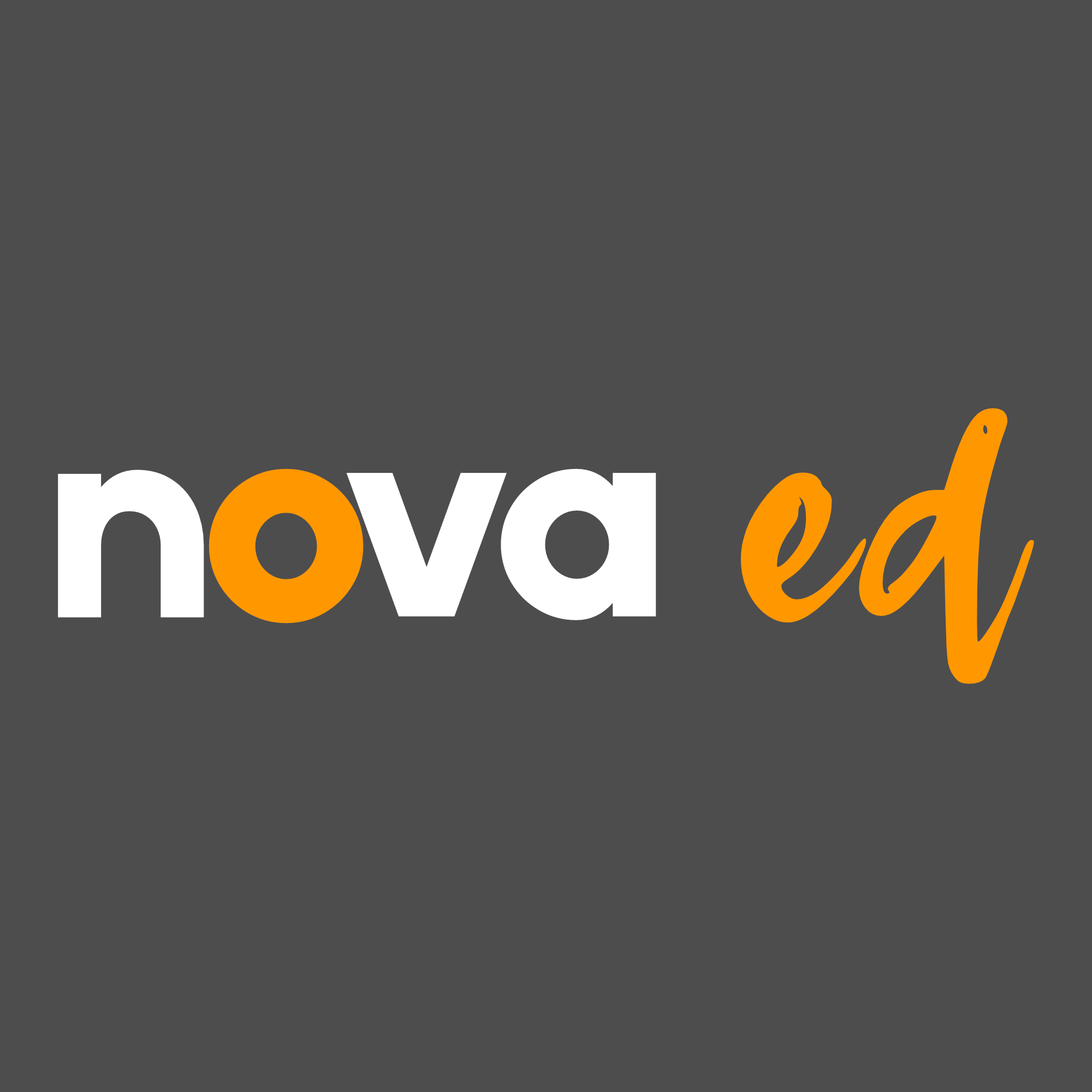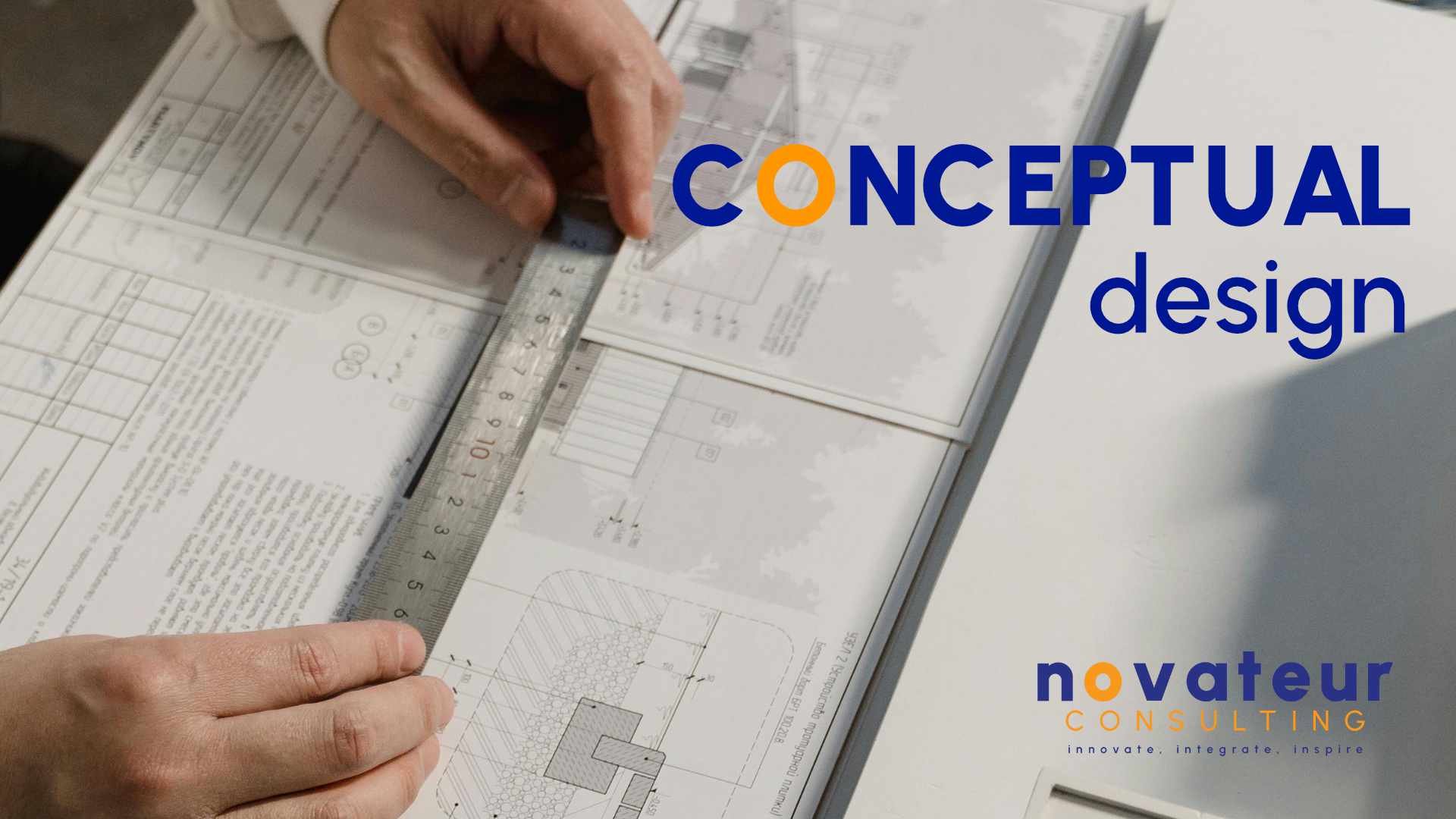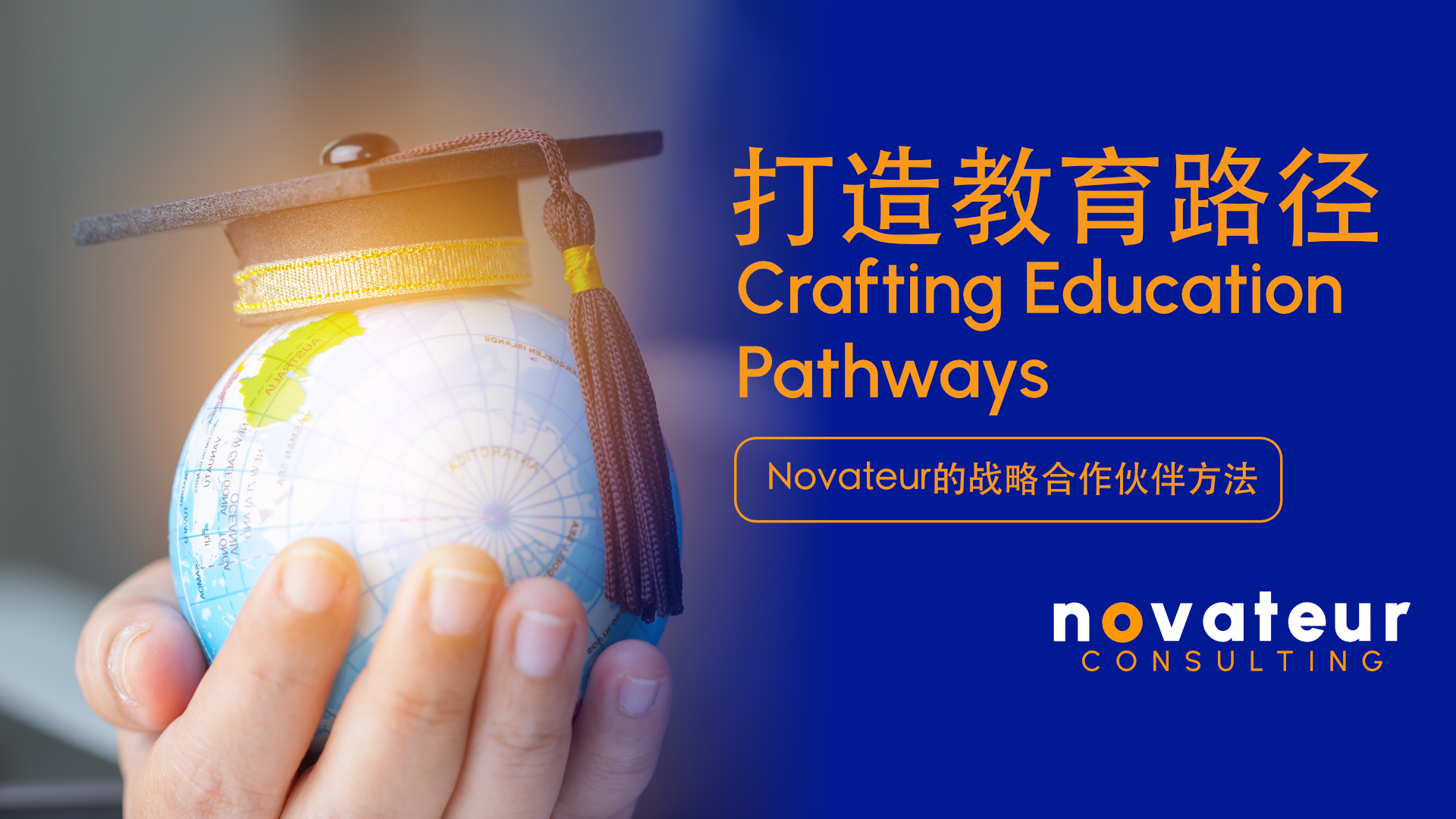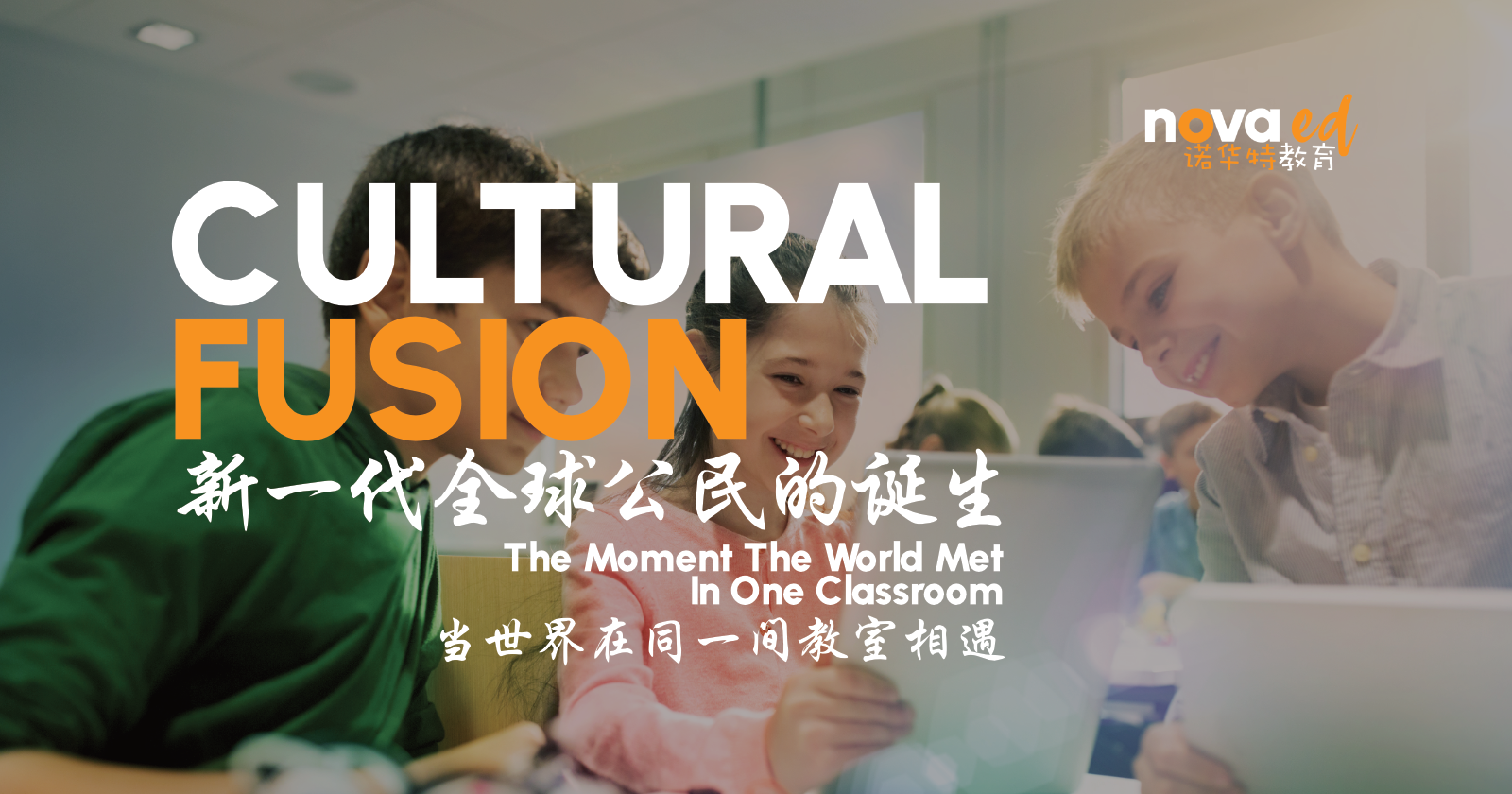Elevating Educational Institutions through Strategic Evaluation
03, Sep 2025
168
Business Experience Audits for International and Bilingual Schools: Elevating Educational Institutions through Strategic Evaluation
In the evolving global education market, international and bilingual schools operate as sophisticated businesses, competing for students, staff, and reputation. For these institutions, the customer experience (CX)—encompassing students, parents, and staff—is a key differentiator that directly impacts enrollment, retention, and long-term success. A Business Experience Audit, tailored for educational institutions, is an essential tool for systematically evaluating and enhancing every facet of stakeholder interaction, ensuring the school delivers on its brand promise and achieves operational excellence.
At Novateur Consulting, our expertise in business experience audits is uniquely positioned to support international and bilingual schools in optimizing their organizational performance and stakeholder satisfaction.
The Strategic Value of Business Experience Audits in Education
Why Audit Educational Institutions?
International and bilingual schools face unique operational complexities: diverse curricula, multicultural communities, and high expectations from globally minded parents. Regular business experience audits provide incisive insights into these operations, identifying gaps, inconsistencies, and opportunities for improvement that traditional accreditation processes may overlook. These audits are particularly critical when:
- There is high staff or leadership turnover.
- The school is underperforming financially or academically.
- Parent or student satisfaction is declining.
- The institution is expanding, restructuring, or introducing new programs.
Key Objectives of a School Business Experience Audit:
- Validate the effectiveness of internal processes and quality management systems.
- Benchmark against international best practices and peer institutions.
- Enhance the overall stakeholder experience, from admissions to alumni relations.
- Support strategic decision-making for sustainable growth and reputation management.
A Comprehensive Framework for Educational Service Excellence
A thorough analysis of an educational institution's service delivery requires a multi-faceted approach. The following components provide a holistic framework to assess and enhance the experience for students, parents, and staff.
Stakeholder Journey Mapping is a critical first step. This involves analyzing every touchpoint a stakeholder encounters, from the initial inquiry and admissions process through onboarding, daily academic life, parent communication, and continuing into the alumni relationship. Understanding this complete journey is essential for identifying pain points and opportunities for improvement.
To ground this journey in real-world experience, institutions must prioritize Feedback and Data Analysis. This means systematically gathering both quantitative and qualitative feedback from all community members—parents, students, and staff. Effective methods include detailed satisfaction surveys, insightful exit interviews, and a close review of academic outcomes to connect sentiment with tangible results.
These insights are then measured against key Performance Metrics. Evaluating crucial Key Performance Indicators (KPIs) like student retention rates, overall satisfaction scores, and academic achievement provides a clear picture of institutional health. Education-specific metrics such as enrollment rates, staff turnover, standardized exam results, and Net Promoter Score (NPS) or Customer Satisfaction (CSAT) scores are particularly valuable.
To understand their position in the wider landscape, schools should engage in Competitive Benchmarking. This process assesses their performance relative to peer institutions both locally and internationally. Key areas for comparison often include curriculum delivery, the quality and modernity of facilities, and the breadth of extracurricular offerings.
Complementing these data-driven approaches, Operational Walkthroughs offer a qualitative, on-the-ground perspective. Conducting site visits and process audits allows leadership to observe real-time interactions and service delivery in action. This can involve classroom observations, evaluating front office efficiency, and assessing the state of campus facilities.
A non-negotiable element of any review is the Policy and Compliance Review. This examines the institution's strict adherence to both its own internal policies and external regulatory frameworks. Critical areas of focus include safeguarding protocols, health & safety procedures, and data protection compliance, ensuring a secure and trustworthy environment.
Finally, for many modern institutions, evaluating Bilingual and Multilingual Proficiency is key. This assesses the effectiveness of language programs and the overall multicultural inclusivity of the school. Important aspects to review include the language support provided to non-native speakers, relevant staff training, and ensuring all parent engagement materials are accessible to the entire community.
By integrating these seven components, an educational institution can develop a deep, actionable understanding of its service strengths and areas for growth, ultimately fostering a more supportive and successful learning environment.
Special Considerations for Bilingual and International Schools
Language and Cultural Competence:
Bilingual and multilingual capabilities are not just value-adds—they are core to the mission and marketability of these schools. Audits should assess:
- The effectiveness of language immersion programs.
- Staff proficiency and ongoing professional development in target languages.
- Communication strategies with non-native-speaking families.
- Cultural inclusivity in curriculum and school culture.
Stakeholder Experience as a Business Driver:
Parents and students are discerning customers, often investing significant resources in education. Their experience—from the first inquiry to graduation—shapes the school’s reputation and financial health. A robust CX audit ensures the institution meets and exceeds these expectations, directly influencing retention and word-of-mouth referrals.
The Audit Process: A Tailored Approach for Schools
- Define Scope and Objectives: Identify the key areas for evaluation—admissions, teaching quality, language provision, stakeholder communication, etc.
- Data Collection: Use surveys, interviews, classroom observations, and document reviews to gather comprehensive data from all stakeholders.
- Journey Mapping and Walkthroughs: Map the stakeholder journey and conduct walkthroughs to assess real-world experiences at each touchpoint.
- Analysis and Benchmarking: Compare findings against internal goals and external best practices, identifying strengths and areas for improvement.
- Actionable Recommendations: Develop targeted strategies for improvement, including staff training, process redesign, and technology integration.
- Implementation and Monitoring: Support the school in implementing changes, with ongoing monitoring to ensure sustained impact and continuous improvement.
Benefits of Business Experience Audits for Educational Institutions
- Enhanced Stakeholder Satisfaction: Improved parent, student, and staff experiences drive loyalty and positive reputation.
- Operational Excellence: Streamlined processes and clear accountability support efficient school management.
- Increased Enrollment and Retention: Superior experiences attract and retain families in a competitive market.
- Data-Driven Decision Making: Objective insights inform strategic planning and resource allocation.
- Continuous Improvement: Regular audits foster a culture of excellence and adaptability.
Why Partner with Novateur Consulting?
Novateur Consulting brings deep expertise in cross-border education markets, bilingual program evaluation, and business process optimization. Our tailored audit frameworks are designed to address the unique challenges of international and bilingual schools, ensuring that every aspect of your institution’s operations aligns with your mission, market expectations, and growth objectives.
By leveraging our audit services, your school will not only meet compliance and accreditation requirements but also create a distinctive, memorable experience that sets you apart in the global education landscape.
Contact Novateur Consulting to schedule a comprehensive business experience audit and position your school for sustained success in the international education market.
share Share now















